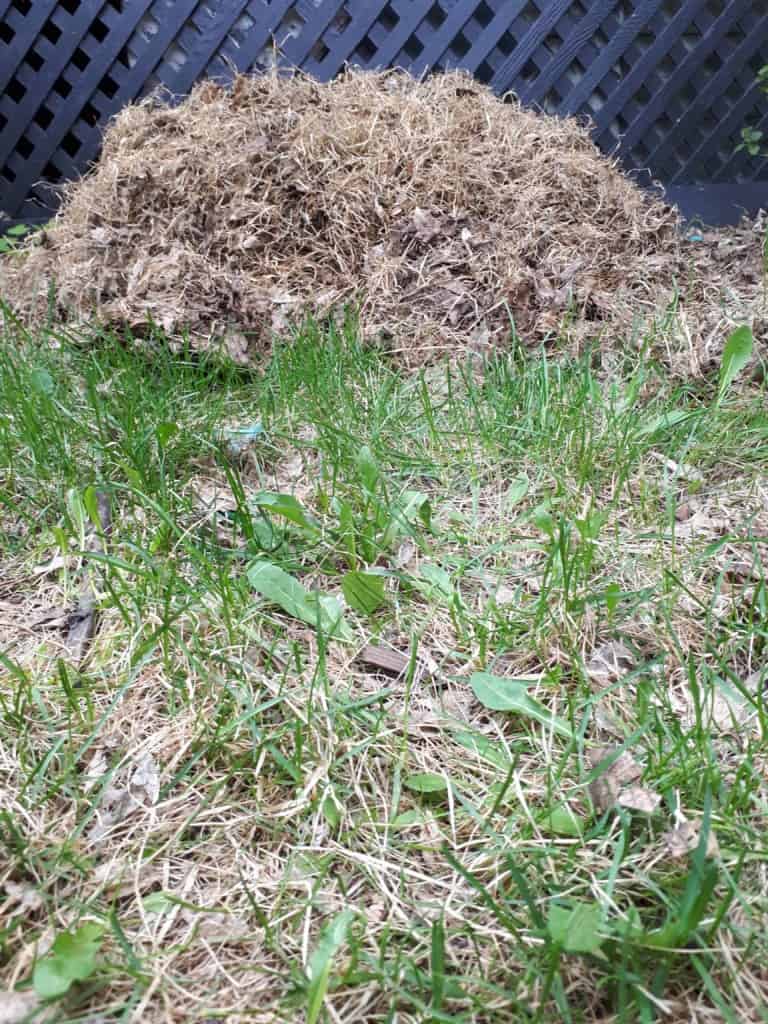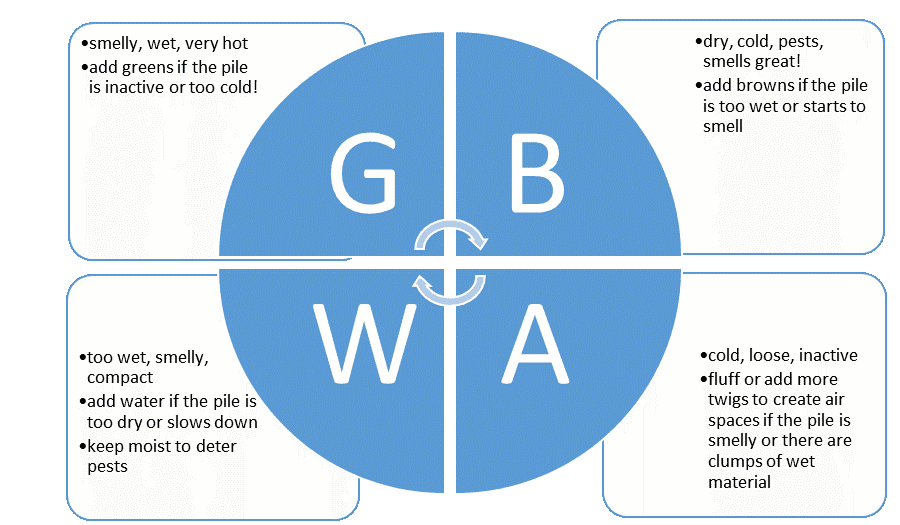A beginner’s guide to creating compost
Did you know the City of Edmonton creates compost out of your organic garbage? Your taxes pay for pick up, hauling, and processing, and then you can buy it back from the city. But you can also create your own, higher quality compost.
Composting is a simple way to reduce waste, save energy, and create a great product to use for free in your home and community. Compost is a balance of greens (G), browns (B), water (W), and air (A). Greens are anything fresh while browns are old and dry. A good way to tell if something is a green or brown is to consider: in a wet pile of itself, will it rot? A wet pile of grass clippings definitely rots, while a wet pile of leaves won’t.

There can be some debate about the best way to compost, but the best way is the way that works best for you! No two compost piles or bins are the same. All you need is either a bin for worm composting (vermicompost) and worms, or a space in your yard for an outdoor pile. A bin is not necessary. Add your greens, browns, water, and air, and that’s it. You’re composting!
Put as much energy and time into it as you want and have fresh product yearly or seasonally. Just don’t add dairy, meat, bones, or human or pet waste.
A good compost pile has a balance of all four ingredients (GBWA). An imbalanced pile can create problems through bad odours, pests, or even working too slowly. Add twice as many browns as greens, and finely chop the greens. Keep the pile as wet as a wrung out sponge, so if you grab a handful and squeeze it one or two drops of water come out. It’s important to aerate compost by adding twigs or materials that don’t clump when wet, as well as ‘fluffing’ the pile once a week.

Use finished compost wherever you like. Turn it into your garden beds, sprinkle on your potted plants, or top dress your lawn. Most compost must be diluted or mixed into other soil mediums, as the high nutrient content might be too much for plants.
Ensure your compost is done before using it, as anything still active in the pile will happily eat your plant roots as well. To test, put some compost in a sealable bag or jar and let it sit for a day. If there is gas or odour produced in the container, the compost isn’t done and should sit for a month to finish. Test again before using.
Have questions, or want more information on how it all works? Check Edmonton.ca/compost or contact one of the city’s volunteer master composter recyclers at 780.496.5051 or MCRP@edmonton.ca. Have fun composting!
Randi is a recent graduate of the Master Composter Recycler program through City of Edmonton’s Waste Services. When not talking about garbage, she loves napping with her cats.
Feature image: Check edmonton.ca/compost on where to get worms. Worms prefer dark, warm areas and won’t escape if the bin is healthy. | Randi Letendre







